Owning a classic car can be a dream come true, but the reality of maintaining these vintage beauties can often turn into a financial nightmare. While they hold immense historical value and can be a symbol of status, the cost of keeping them in pristine condition is something every potential buyer should consider. Here’s a look at seven classic cars that are notoriously expensive to maintain.
Ferrari F40
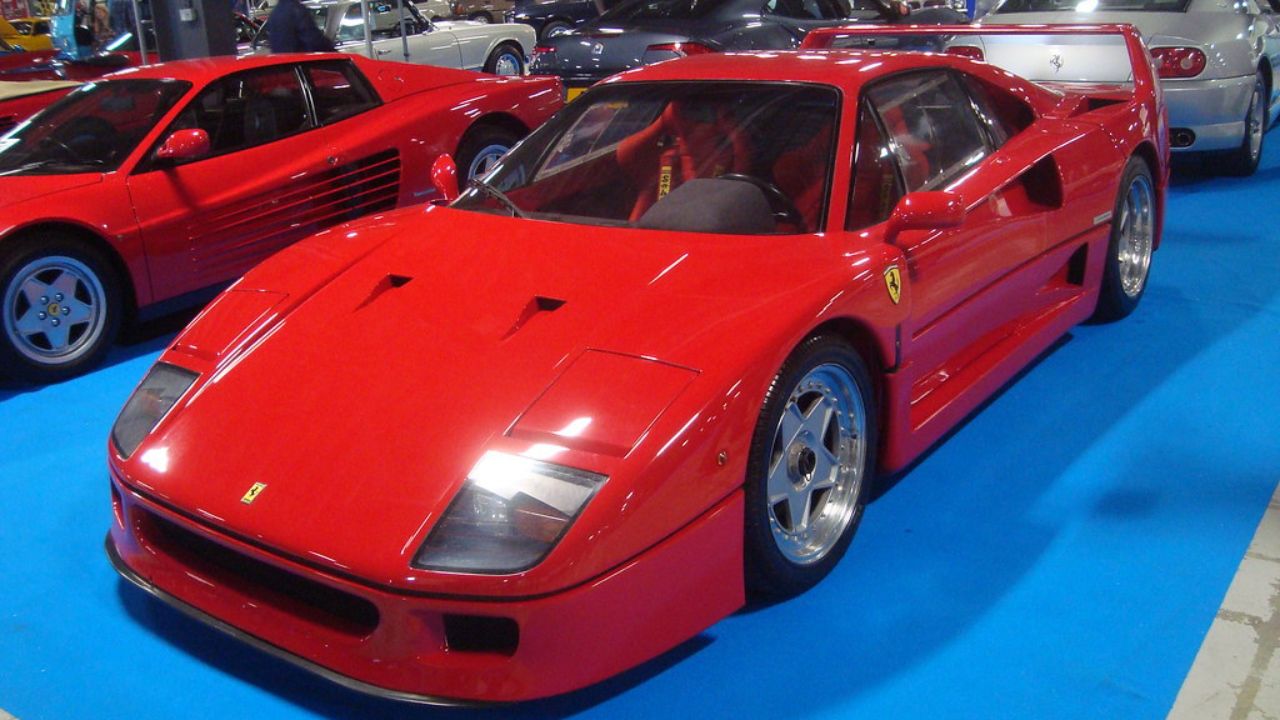
The Ferrari F40 is a masterpiece of automotive engineering and one of the most iconic Ferraris ever built. However, maintaining this 1987-1992 hypercar can be a costly affair. The F40 requires specialized servicing, and even routine maintenance tasks can cost a small fortune. Parts scarcity and labor-intensive procedures for its turbocharged V8 engine contribute to high upkeep costs. Original parts are rare and expensive, making repairs both time-consuming and costly.
Owners often find that even minor components can command exorbitant prices. For instance, replacing the clutch can easily exceed $5,000, while other mechanical parts can be equally as costly. The F40’s allure might be irresistible, but the financial commitment required to keep it road-ready is substantial.
Lamborghini Miura
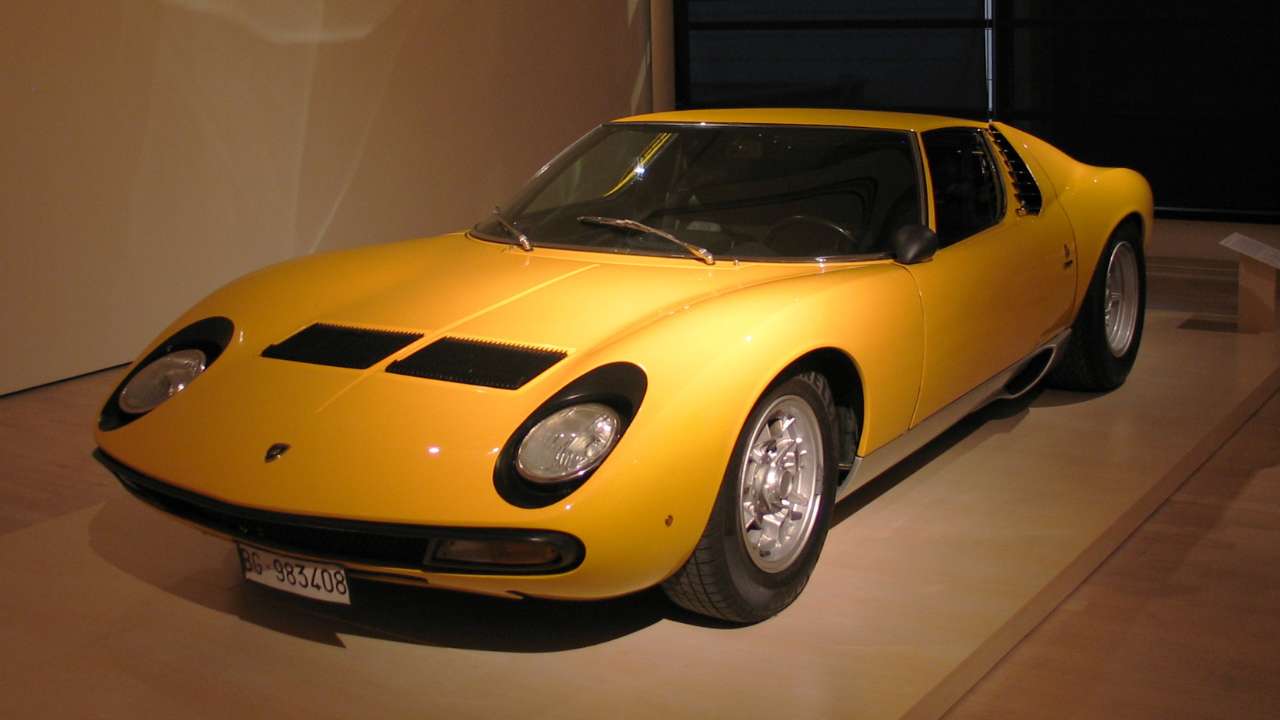
The Lamborghini Miura, produced between 1966 and 1973, is often credited with establishing the template for mid-engined supercars. This groundbreaking design, while stunning, can be quite finicky and requires frequent, meticulous care. The Miura’s engine is particularly delicate, and its complex setup necessitates skilled mechanics familiar with vintage Italian engineering.
Another maintenance challenge is the Miura’s electrical system, which is known for being temperamental. Finding authentic parts can be difficult and expensive, often requiring custom fabrication. These factors make the Miura a car that demands not only passion but also deep pockets to maintain in perfect condition.
Jaguar E-Type
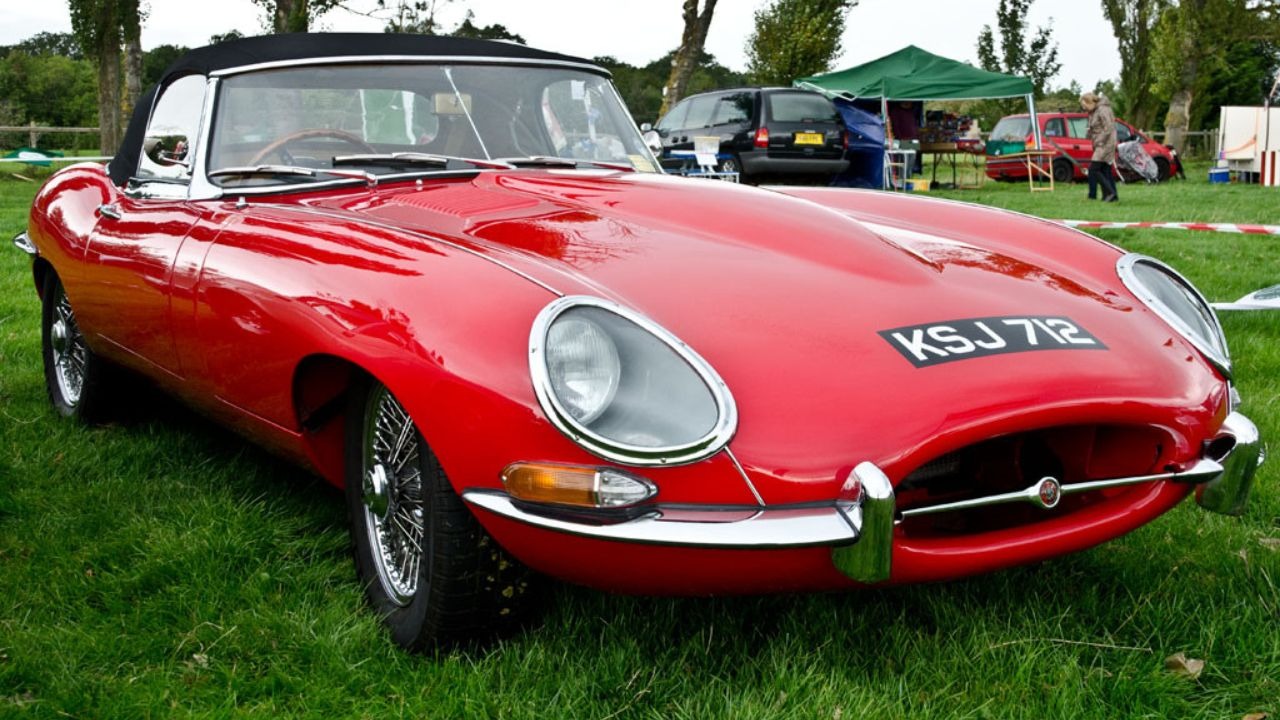
The Jaguar E-Type, also known as the XK-E in the United States, is a symbol of British automotive excellence. Built between 1961 and 1975, its sleek design and impressive performance have made it a perennial favorite among collectors. However, the costs associated with maintaining an E-Type can be daunting.
The car’s engine, suspension, and braking systems require constant attention. Rust is a common issue, particularly in models that haven’t been meticulously cared for. Replacement parts for the E-Type are not only expensive but sometimes difficult to source, especially if you’re aiming for original components. These factors contribute to the high cost of ownership and upkeep.
Aston Martin DB5
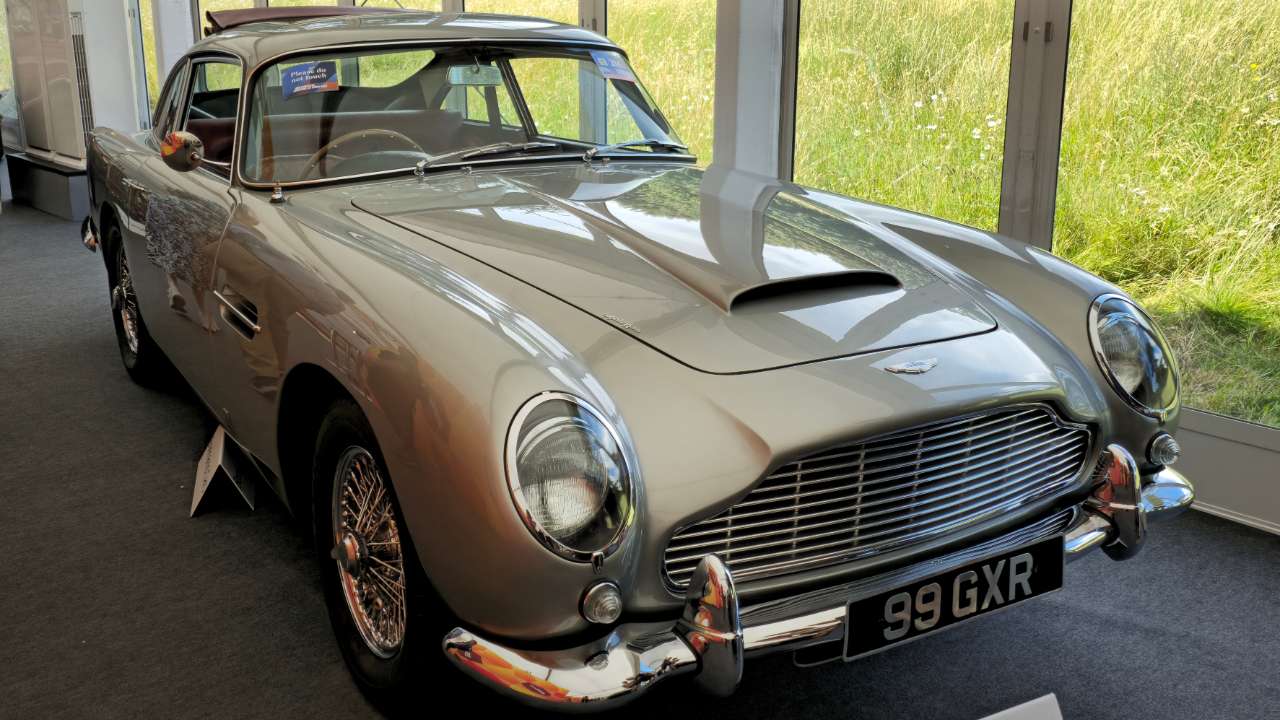
Immortalized by its association with James Bond, the Aston Martin DB5 is as much a cultural icon as it is a classic car. Produced from 1963 to 1965, the DB5’s timeless elegance is matched by its complex maintenance needs. The car’s aluminum bodywork, while lightweight and stylish, is prone to corrosion and requires special care.
The DB5’s engine and mechanical systems are also complex, demanding regular servicing by specialists. Parts for the DB5 are rare and expensive, with some owners resorting to bespoke manufacturing to replace worn-out components. The car’s prestige and historical significance make it a desirable collectible, but owning one comes with significant maintenance obligations.
Mercedes-Benz 300SL Gullwing

The Mercedes-Benz 300SL Gullwing is a striking example of post-war automotive innovation. Produced between 1954 and 1957, its distinctive upward-opening doors and advanced engineering make it a coveted classic. However, the 300SL’s advanced technologies for its time, such as the fuel injection system, require expertise and can be costly to maintain.
Restoration and maintenance demand precision and original parts, which are increasingly scarce. The Gullwing’s unique body panels and intricate mechanics mean that even minor repairs can require significant financial outlay. While it remains a symbol of luxury and performance, the costs of maintaining a 300SL are substantial.
Porsche 959
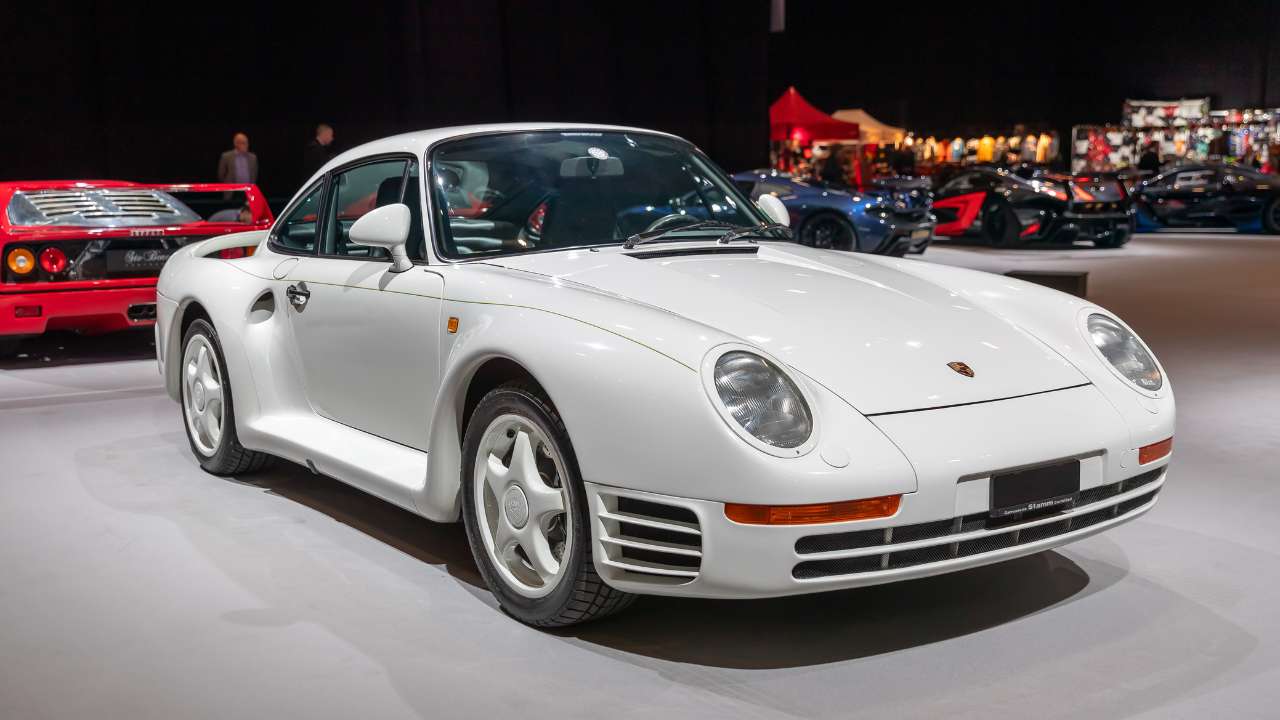
The Porsche 959, introduced in the mid-1980s, was ahead of its time with its advanced technology and performance capabilities. However, this technological marvel comes with a hefty price for maintenance. The 959’s complex systems, including its all-wheel-drive system and sequential turbochargers, require specialized knowledge and parts that are hard to come by.
Maintaining the 959’s engine and electronic systems often involves sourcing rare components and skilled technicians. The car’s limited production run means that parts are extremely scarce, driving up costs. The Porsche 959 is a testament to engineering prowess, but owning one is a financial commitment not to be underestimated.
Rolls-Royce Silver Shadow
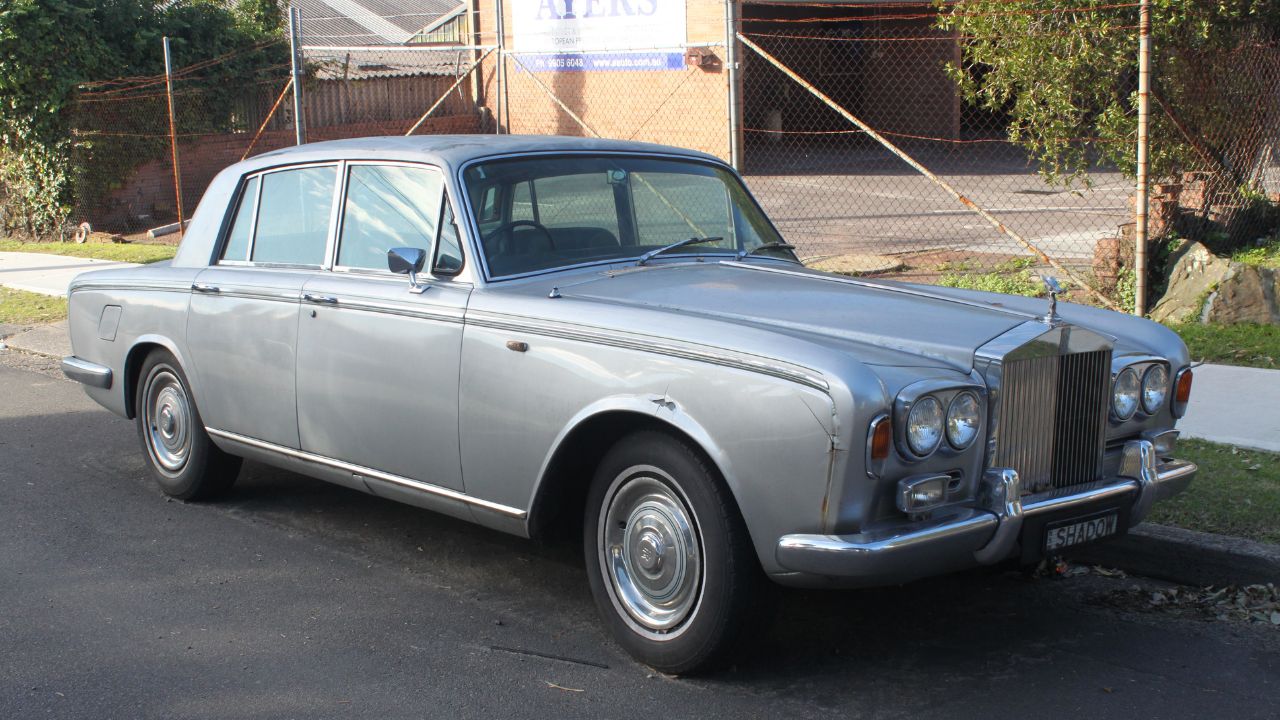
The Rolls-Royce Silver Shadow, produced from 1965 to 1980, represents luxury and comfort. Despite its opulent appeal, maintaining a Silver Shadow can be a costly endeavor. The car’s hydraulic suspension system, a hallmark of its smooth ride, requires regular maintenance and is notoriously expensive to repair.
Additionally, the Silver Shadow’s electrical components and custom-built parts can be problematic. Finding authentic replacements or qualified mechanics to handle repairs can be challenging. The allure of owning a classic Rolls-Royce is undeniable, but potential owners should be prepared for substantial upkeep expenses.
Like Fast Lane Only’s content? Be sure to follow us.
Here’s more from us:
*Created with AI assistance and editor review.

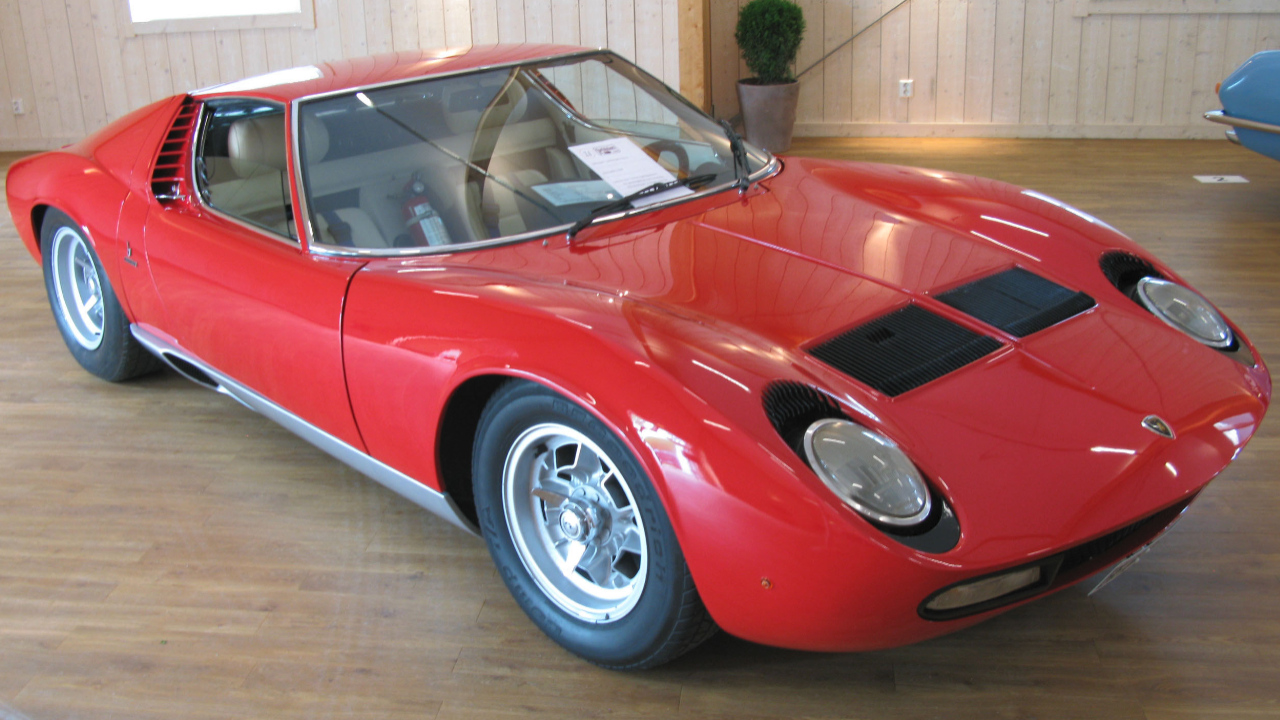
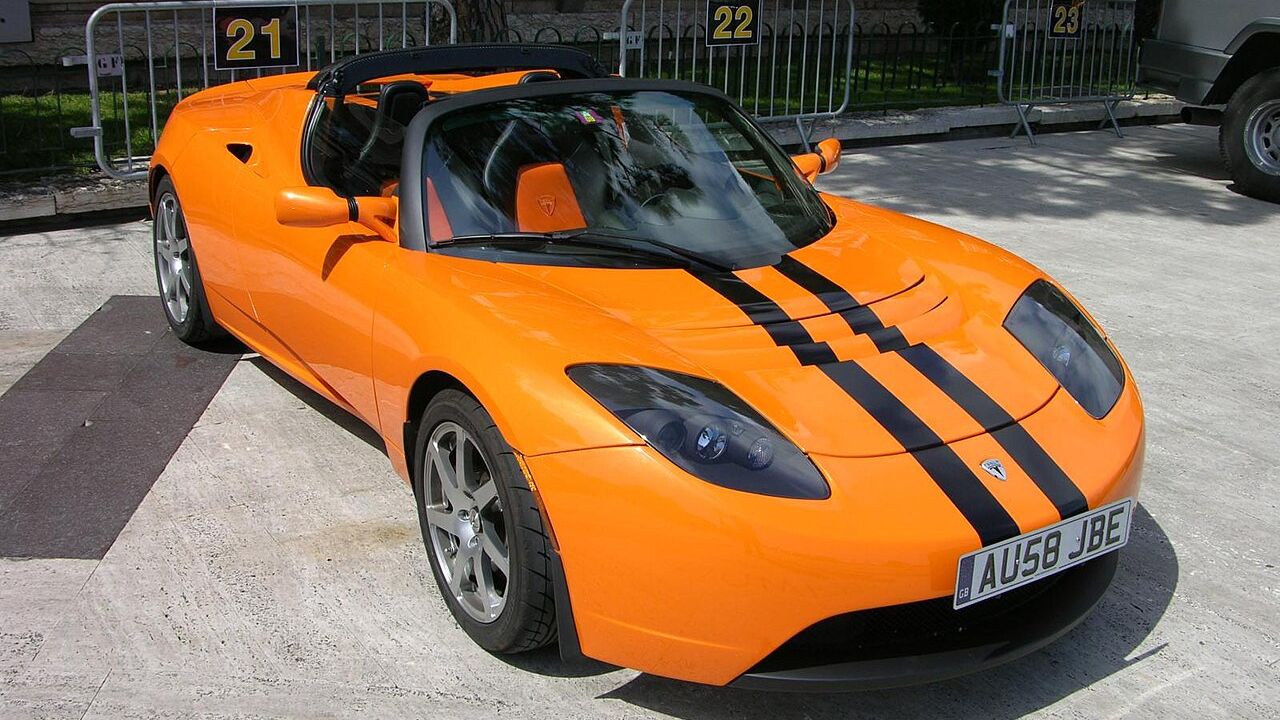
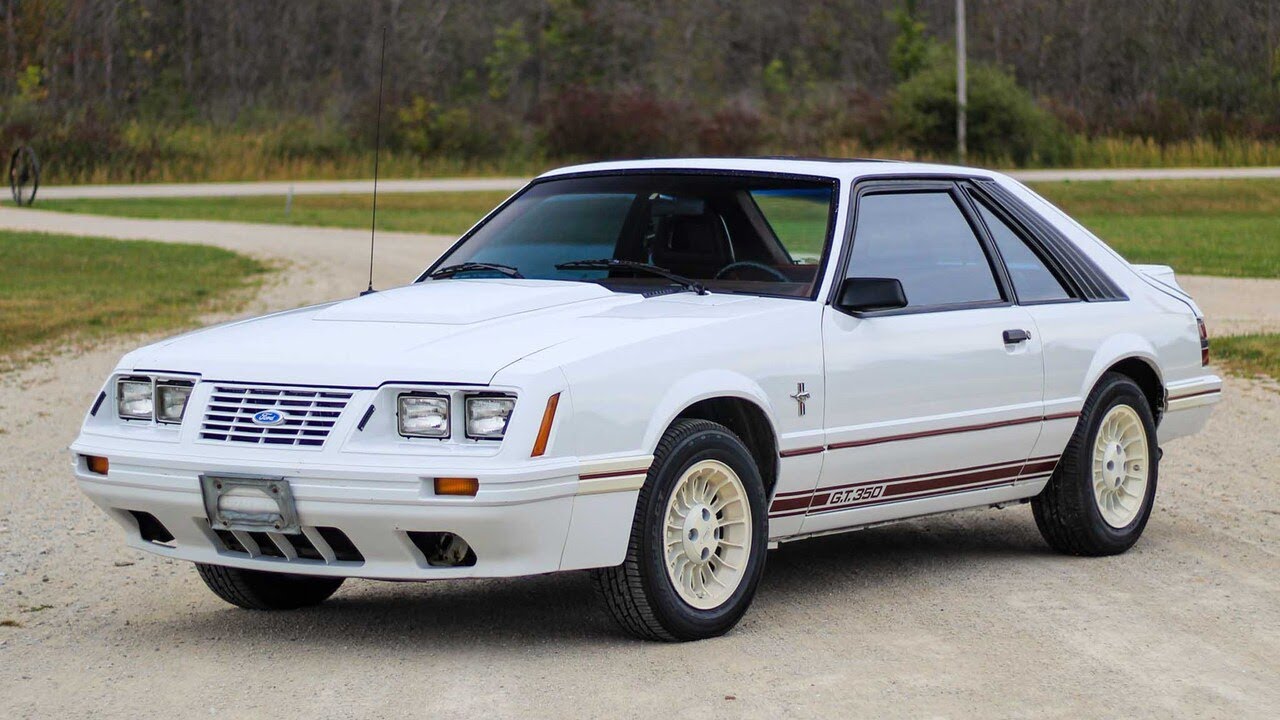

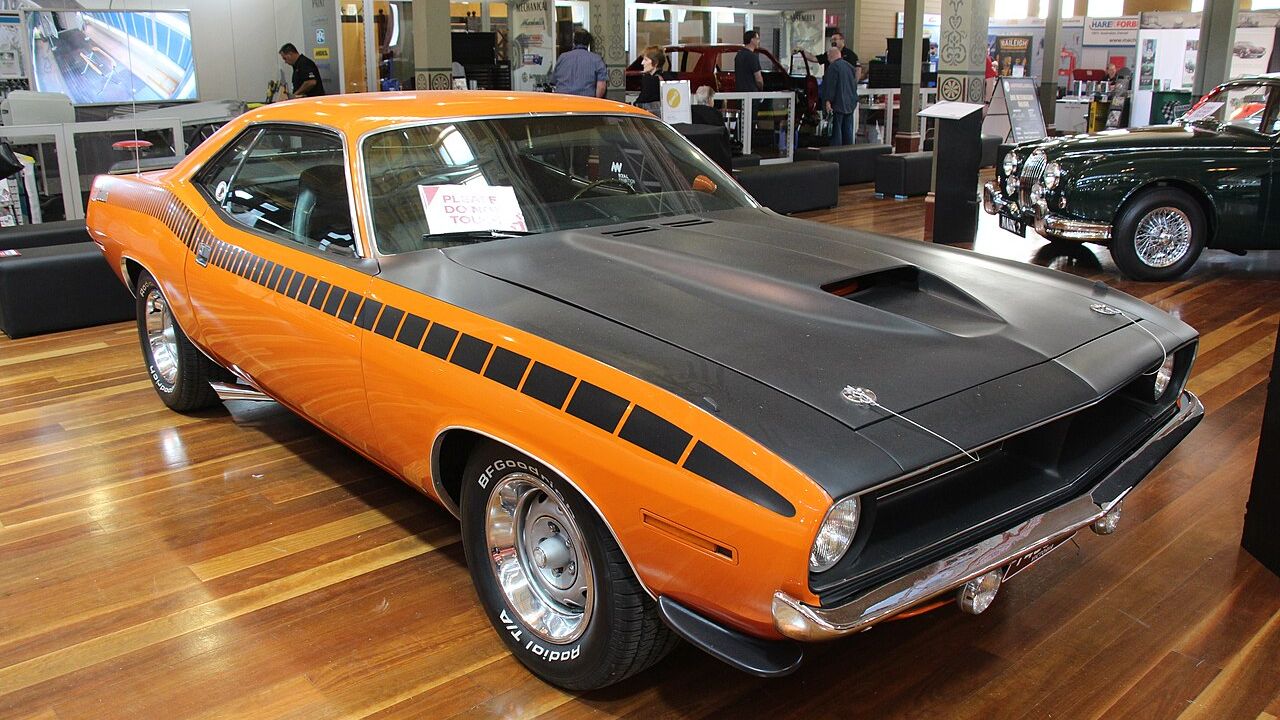
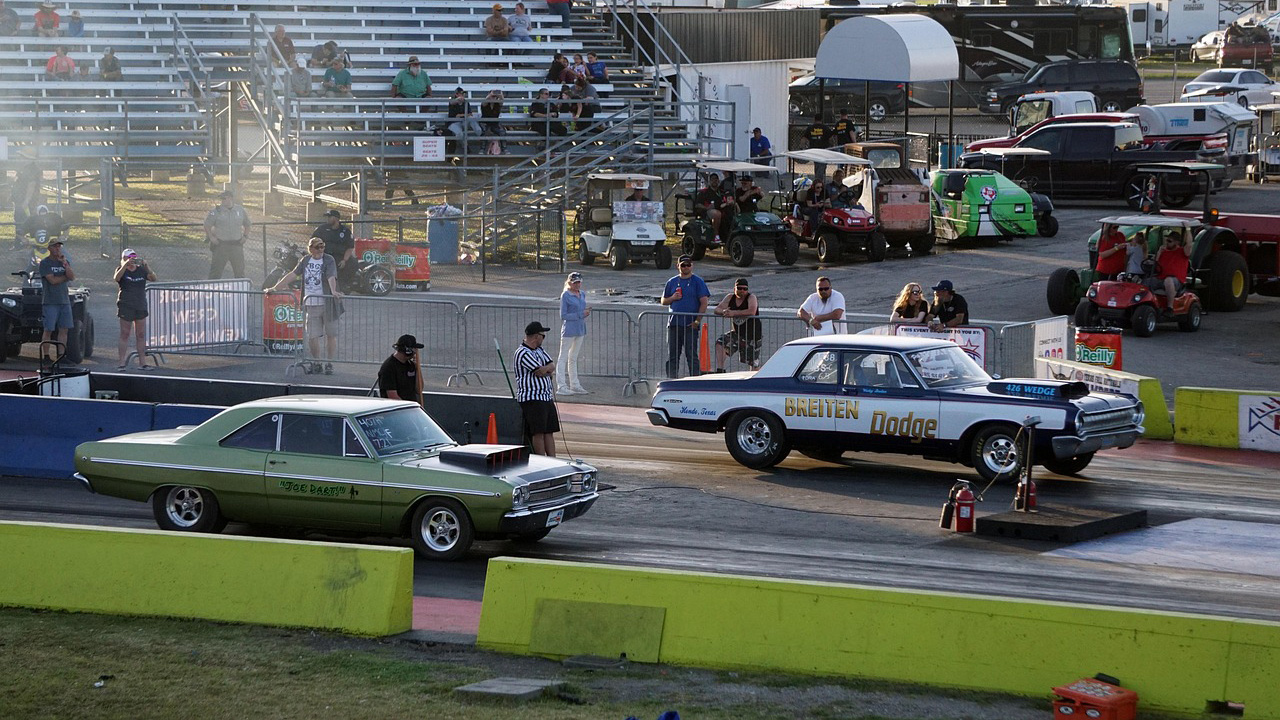
Leave a Reply